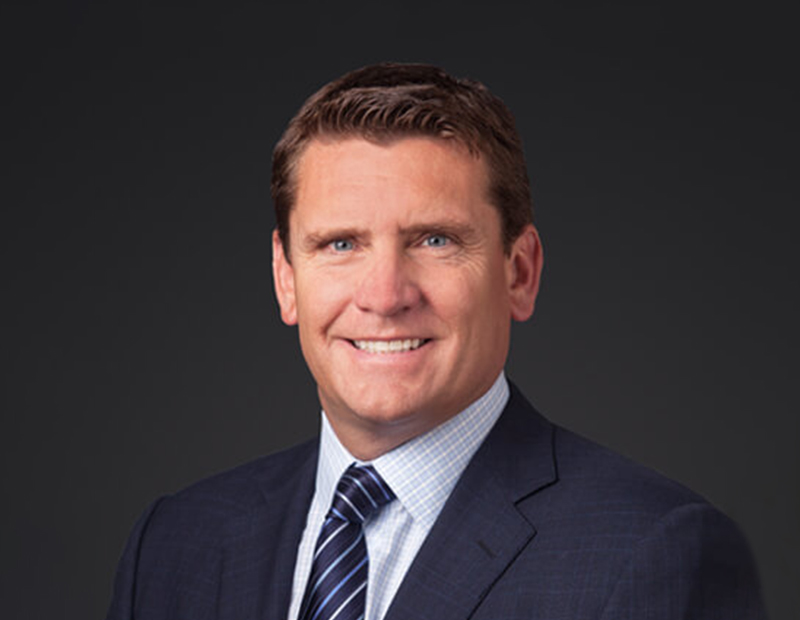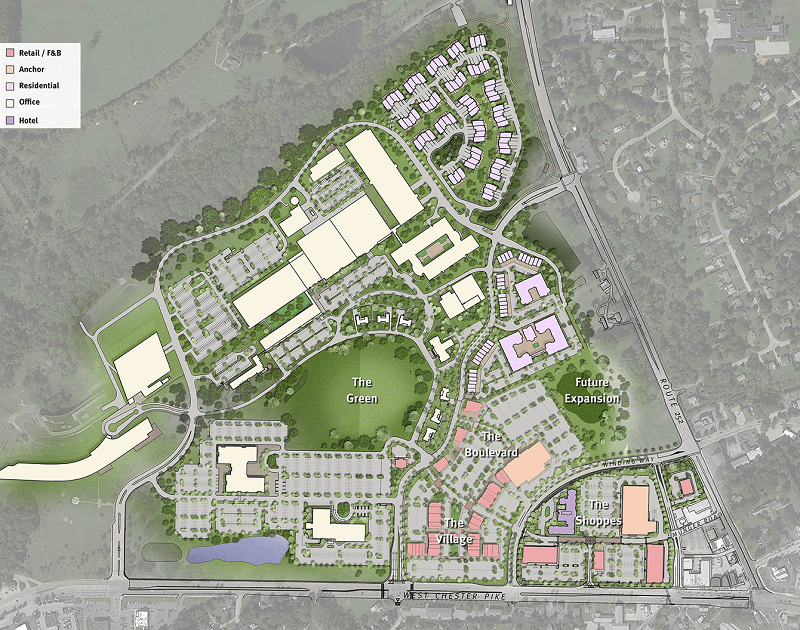What Boosts Appetite for Mixed-Use
Metro Commercial Real Estate’s CEO Tom Londres makes the case for mixed-use in today's dynamic, tech-infused market. He also touches on the challenges in finding tenants.
By Adina Marcut
Properties that include or offer easy access to commercial opportunities are gaining traction among renters in search for live-work-play communities. “In terms of leasing, we gravitate towards mixed-use properties and projects not only because it’s trending in commercial real estate, but it also captures two ends of the market: Millennials and Baby Boomers,” Tom Londres, CEO of Metro Commercial Real Estate, told Commercial Property Executive. He also discusses what particular features make such developments successful in today’s CRE market.
What caused Metro Commercial’s shift to focus on leasing mixed-use properties?
Londres: At Metro Commercial Real Estate, we’re adapting to the current market’s trends and honing in on mixed-use as it is the hot genre in commercial real estate right now. Overall, there has been a resurgence of the live-work-play movement, and while this is not a foreign concept to us, we are still excited about it because it’s a new genre that’s taking the commercial real estate world by storm and we’re lucky to be a part of it.
Mixed-use simulates the convenience that urban areas and cities offer. This includes the components of walkability, close-knit communities, premium amenities and stores close by, which is what Millennials and Baby Boomers are seeking out right now.
Multifamily and office components have gained more weight recently in mixed-use projects. Tell us more about this trend.
Londres: This trend of living, playing and working all in the same space simulates what urban areas have developed and perfected over a long period of time. Mixed-use has captured the city environment-feel, which is attractive to Millennials and Baby Boomers alike. With this shift in the population growth, this genre within commercial real estate has gained major traction.
Locations such as New York City, Boston, Chicago and Los Angeles are hotspots for Millennials because they do not necessarily need a car. They can walk to work and are in close proximity to after-work activities such as fitness centers, dining options, and entertainment venues. The same goes for Baby Boomers as they are seeking to downsize from their suburban houses and into smaller condos, closer to their daily activities. These components are all part of the mixed-use concept, which is to simulate an urban area while being located in a city suburb that promotes affordability and accessibility.
Is mixed-use the new form of retail? What can you tell us about the transformation of traditional shopping centers into live-work-play properties?
Londres: Mixed-use properties are generally located in a suburban area, not far from a city’s center. These properties are generally more affordable than living in cities for the entry-level Millennials looking to put down roots. Take the Avalon in Alpharetta, Ga., for example: It has multifamily, single family, hospitality, office, and retail components, just outside of Atlanta. It encompasses all of what consumers want for their live-work-play lifestyle.
Traditional shopping centers are incorporating housing, office and retail space to create a proper live-work-play environment. These components include luxury condos, apartments, office buildings, coworking spaces, hotels, fitness, grocery etc. Consumers want a place where they can accomplish all of their errands, a one-stop shopping experience.
Metro Commercial’s brokers are diligently working on leasing The Promenade at Granite Run, which is a mixed-use center located in Media, Pa., just outside of Philadelphia. When completely leased, The Promenade at Granite Run will include entertainment and big-box retail to accompany the two residential towers at the center. We are also working on leasing Ellis Preserve’s Phase II in Newtown Square, Pa., a 240,000-square-foot lifestyle center located on the western Main Line. Ellis Preserve provides its consumers with retailers such as Whole Foods, ULTA, Chipotle and Wine and Spirits, while incorporating a hotel, residential and office space, as well as the Ellis Athletic Center, a luxury fitness facility, to complete the mixed-use center. Both of these centers are perfect examples of live-work-play communities that traditional shopping centers are transforming into.
What are the most sought-after markets for mixed-use development?
Londres: Areas that have a solid occupation base and are affordable are the most sought-after markets for mixed-use development. Locations inside and outside of Boston, Dallas, Houston, Atlanta, Denver and Florida fit this mold. These locations have a good population base and solid employment markets, which in turn provide Millennials with entry-level jobs and housing that’s affordable.
Mixed-use properties are usually around 50 to 80 acres in size, so developers need a large space, which is difficult to come by in big cities. This is why most mixed-use centers are seen on the outskirts of cities, drawing Millennials and Baby Boomers to suburban areas to get that city feel.
What are the challenges encountered in leasing mixed-use assets?
Londres: At Metro Commercial, the major challenge for us is finding the right mix for your audience and desired demographics. As leasing experts, we need to ask questions such as: Will the property be driven by residents and be catered towards residents? Are we going to need to drive outside traffic? Can the property as a whole be self-sustaining? Can people live, work and play there or do we need to bring outsiders in? All of these questions are viable and important to ask when thinking of a suitable tenant mix for a wide range of assets.
At the end of the day, mixed-use properties are not cities. These projects are completed in 24 months or so. Developers and brokers have to realize that curating the perfect tenant mix is an experiment. Time needs to elapse in order to see which tenants are doing well, and which tenants aren’t doing so well at a center. It’s a trial and error method, but there’s no real way of knowing what will work best for a center given the demographic differences among markets.
What are the development trends for the coming year?
Londres: For 2019, there will be tweaks to mixed-use developments, but nothing major looking at the big picture. Depending on how each sector performs in the next year will impact the mixed-use trend as a whole. For example, if the office sector begins to lose traction in some markets, developers and leasing agents might want to rethink if they want to implement office assets in their mixed-use centers. However, I do not think this will happen within the year.
In my opinion, developments will not look that much different four or five years from now. There might be minor updates to mixed-use centers, doubling down on some asset classes such as retail or multifamily, but for the most part, the trend will remain consistent in 2019.
What role does technology play in mixed-use developments?
Londres: Technology is playing a major role in commercial real estate today, especially in regards to mixed-use developments. By utilizing automated technologies at shopping centers, everything is documented by way of analytics. From a demographic standpoint, analytics track the following: how many consumers are coming in on the weekends, what age groups are visiting during the week and on the weekend, the age range of residents, number of visitors at any point during the day etc. Shopping center owners and leasing experts then take this data and apply it to their center to maximize foot traffic and cater to their specific audience.
For example, if a leasing consultant for a mixed-use center is thinking about adding a movie theater to a given property, but data from the surrounding area is showing that consumers mostly go to the movies during the weekend, then a movie theater might not be the best idea for that center. Analytics and data are main drivers for top-level leasing decisions made at shopping centers. All in all, utilizing technology helps brokers and leasing agents curate the perfect tenant mix for their consumer base.
Images courtesy of Metro Commercial









You must be logged in to post a comment.